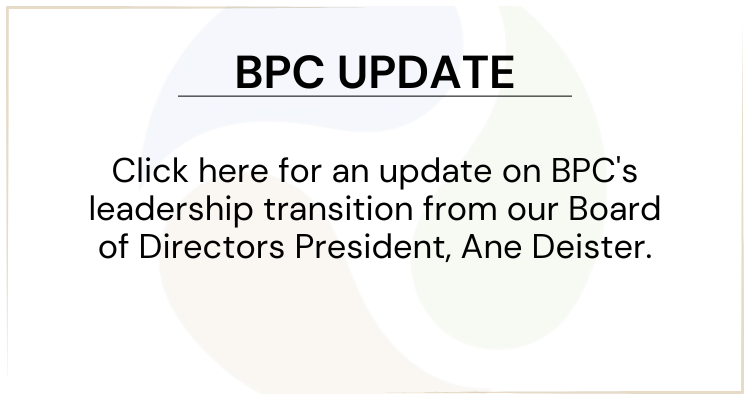Bank of the West US Outlook Report for February 6, 2015
Doomsday newspaper articles are being written about deflation these days. Most look across the pond toward Europe and extrapolate that the United States is next in line to suffer from stagnant growth and declining prices. While we are forecasting deflation in both Europe and the U.S. this year, we see a far different economic and monetary policy outcome for the United States. The doomsday articles muddle the economic theory on deflation and make no distinction about the causes or transmission mechanism across countries.
Central bankers and economic textbooks have sounded warnings about deflation’s potential dampening effects on aggregate demand. Simplistically the thinking goes, if prices are falling and one believes prices will continue falling tomorrow and the next day and the next day after that, it would make economic sense to delay consuming and investing as long as possible in order to get the cheaper prices in the future.
The macroeconomic problem crystalizes when the vast majority of consumers and businesses start behaving in this manner. Aggregate spending plunges and the economy goes into a deep funk or outright recession. The problem is compounded if consumers or businesses are carrying a high debt load, since their real debt rises over time as prices fall, adding to the downward pressure on future spending. It takes aggressive monetary policy to change expectations about prices and right the sinking ship and stabilize aggregate demand.
The key ingredient in this theory is the expectations component – consumers and business must believe that deflation will continue for a very long-time, if not indefinitely, to get them to switch their spending behavior. If the deflation proves temporary or is seen as temporary, the behavior of consumers and businesses could end up being quite different — falling on the other end of the spectrum. The price declines may be seen as temporary one-off sale prices that won’t last forever – so act today! The same thing applies to credit markets. Interest rates are back near record lows thanks to low inflation and loose monetary policy. If you don’t think such rates will last forever, it makes economic sense to borrow today for that new car or home you were thinking about buying over the next few years. Next year, the cost of financing could be higher, raising the effective price for that item.
While Europe may be in the former camp, high levels of labor market slack (Eurozone unemployment remains stuck around 11.4 percent) and little or no prospect for robust growth could lead to entrenched declines in inflation expectations, making deflation there a real macroeconomic threat that must be countered by more aggressive monetary policy.
Here in the United States, the outcome is likely to be quite different and should elicit a very different response from the Federal Reserve. The evidence garnered so far suggests U.S. consumers and businesses are behaving just as we would expect given a temporary drop in prices with stable inflation expectations and solid growth prospects. Consumer confidence has jumped, reaching new expansion highs in just the last few months. Business borrowing jumped higher in December, and mortgage applications increased strongly in January. Those betting the Fed will delay their liftoff date into 2016 due to deflation may be seriously misreading the economic tea leaves.
In short, both Europe and the United States are likely to fall into deflation this year, but for the U.S. the economic and monetary signal this creates is likely to be far different than the one seen in Europe, exacerbating the economic and policy divide that is already clearly visible to the discerning eye.
To find out more, check out this week’s US Outlook Report.
Tags: economy, jobs
